We look at the subversion of the Male Gaze and queerness depicted in Oz Perkins’ dramatic religious Horror, “The Blackcoat’s Daughter”.
The monstrous Feminine is a trope that has permeated the landscape of Horror and Genre film for decades.
In Barbara Creed’s book The Monstrous Feminine, she describes the trope as referring “to the interpretation of Horror films conceptualizing women, predominantly as victims.”
If we lean into this interpretation, we may then begin to view Patriarchal tropes in Horror through the Female Gaze (the term used for the female perspective, which is usually gained through having a female filmmaker or writer involved in a film’s production process).
French cinema has witnessed a wealth of impactful, politically aware films that have married both the Monstrous Feminine and the Female Gaze.
The complicated women of Julia Ducournau’s films (Raw, Titane) illustrate the complexities of strong female characters who exist outside the Male Gaze or who are often in guttural opposition to it.
What makes The Blackcoat’s Daughter (aka February) so surprising and unique is that it also views its female protagonists and antagonists through The Female Gaze, yet, in this instance, the writer/ director is a man.
The film unfolds on the sprawling grounds of a prestigious Catholic boarding school in upstate New York during winter break.
The girls are due to return home to their respective families for the holidays, but Freshman Kat (played by Kiernan Shipka) and Senior Rose (Lucy Boynton) are left behind due to alleged conflicting schedules, and Rose is tasked with ‘’looking after’’ young Kat by the school’s headmaster.
Kat does not appear well; she is withdrawn and quiet, and she is behaving like someone who is trapped in the throes of a trauma response. When Kat is asked if she has managed to call her parents, who have been unreachable by phone, she replies that they have died in a car crash.
The creeping sense of unease surrounding Kat heightens as her mental stability begins to spiral further.
She claims that she experienced a premonition of her parent’s death in a dream and seems to exist in a state of very real Grief in response to this.
Meanwhile, Rose has difficulties of her own to contend with; she has missed her period and strongly believes that she may be pregnant.
Before Rose’s pregnancy is confirmed or disproven, we are privy to her sense of impending dread; her pregnancy becomes a sort of Bogeyman or looming demonic specter.
Here, we see the ‘Monstrous Feminine’ being used as a vehicle for fear.
However, it is not intended for the male perspective but rather for and from the female experience.
As biological Cis women, we often feel confined to the prisons of our own bodies, from rescheduling important life plans when our period is suddenly triggered by stressful events to anxiously awaiting our next menstrual cycle to discover whether our lives will be irreparably changed beyond what we are currently prepared for.
When Rose discusses her possible pregnancy with her friend, she states that her boyfriend has no say in the matter either way and similarly, when he reaches out to her to offer support, she tells him frustratingly, “I don’t want you to say anything.”
In Perkins’ script, we see women who are strong in their own autonomous decisions but who are still trapped within the confines of the Patriarchal powers exhibited in the religious structures imposed upon them.
Both Rose and Kat are haunted by their own deep-rooted beliefs and anxieties, and unfortunately, these beliefs lead to each girl’s downfall. This triggers a Domino Effect with ripples that continue to scar the people closest to the girls many years later.
Rose’s belief that she is pregnant is the very reason that she stalls going home for the holidays, and this twist of fate nudges her directly into Kat’s predatory grasp.
Barbara Creed also surmises that maternal figures in the film are positioned as a direct threat to a Patriarchal order.
In Kat’s case, Rose’s potential pregnancy is a major threat to her (desired) seduction of the girl. Perkins subverts our expectations by placing Kat in this jealous, predatory stance, which is, more often than not, reserved for boys and men.
In a scene where we see that Rose has eventually gotten her period, the events leading up to this heavily imply that Kat is stalking her, observing her from afar; she is firmly in Kat’s Gaze.
If Kat’s Devil has the ability to physically imbue her with supernatural traits, we may then conclude that Kat’s intention was to rid Rose of her pregnancy.
She seeks to annihilate the Heteronormative family unit, a role that is usually reserved for promiscuous men onscreen, but in this case, the narrative is shifted to Kat.
This results in a ‘Queering’ of the Heterosexual obstacles that Kat faces in her unhealthy pursuit of Rose. The embodiment of all her repressed Queer desires is encapsulated in someone who is entirely out of reach — a beautiful, straight woman.
Kiernan Shipka shines as sad Waif Kat. Her childlike air exposes her vulnerability during a scene where we witness her sing from behind a piano at the school’s talent show. This scene was heartbreaking to me.
Earlier, Kat articulated her hurt to the head teacher, Mr. Gordon, when he told her that he could no longer watch her perform. When she scans the crowd for a familiar face, it is not her peers whom she seeks, but rather a paternal figure in the absence of her (allegedly) dead parents.
The Blackcoat’s Daughter is so richly layered yet so subtle in its definitions.
Oz peppers his script with strong themes, which are merely hinted at through lingering camera angles, cryptic body language, and off-kilter speech patterns. This approach allows the viewer to fully define their own interpretations of the story’s underlying intent, if indeed there even is one.
I recently rewatched the film at a period in my life following a recent emotionally abusive relationship with a man after years of stuffing down my true desires, of rebelling against my own sexuality.
Therefore, the underlying ‘Queering’ aspect very suddenly hit me in the face, whereas before, I was merely subtly aware of it.
Herein lies the film’s enduring power to surprise and subvert upon repeat viewings.
Oz Perkins utilizes the hallucinatory quality of flashbacks to great effect in his cinematography choices (provided by Julie Kirkwood) as we only ever see The Devil from Kat’s POV during the film’s single exorcism scene, and the storytelling is depicted via a non-linear timeline.
The aesthetic of Kat’s Devil is extremely interesting to me.
When Satan appears to Kat, he does not do so in a theatrical flash of flame, adorned with gargantuan horns, boasting beautiful if grotesque features that we are used to seeing in Horror.
Instead, the Devil appears to Kat in a shy manner, hanging around in the background but never fully within reach, like a coy teenager. He also looks rather… cuddly.
His horns are missing; however, in their place grow erect, bunny-esque ears, and his overall silhouette (we only ever see him in silhouette) appears fluffy, as though his body is covered in fur, lending him the look of a giant Furby or, a child’s plush toy.
Kat’s Devil is, however, whispering in her ear to commit vile, murderous acts; this belies his cute exterior and hints at someone who may not have Kat’s best wishes in mind.
As trauma survivors, we often fail to see the dangers hidden beneath the cute exteriors of people to whom we are attracted. We may not even see how damaging they are to us, yet we are addicted to their presence regardless.
I interpreted this aesthetic choice as deliberate because Kat has not only made peace with her darkness but also fully embraced it as a source of comfort.
Suffering is all she knows, and thus, she seeks comfort in the arms of danger, a trait known to many of us traumatized girlies. She is a child reaching out for her favorite teddy bear without fully comprehending the dangers of the sharp teeth hidden within or of her own unhealthy, anxious attachment style.
This choice blurs the barriers between Metaphysical and mental illness.
As viewers, we experience the Metaphysical from the perspective of an Unreliable Narrator — Kat, with her hidden traumas and worsening mental state.
The Satanic or Supernatural elements of the story are always from Kat’s POV, often in the form of splintered, creepy flashes. Nonetheless, they leave a mark on our psyche long after they have dissipated.
Whilst more irreverent films like Jennifer’s Body deal with similar themes of female trauma, they do so with an affectatious pinch of youth culture and a healthy dose of midnight-black humor.
The Blackcoat’s Daughter exists in a place that is barren of humor and hope; the intention here is to illustrate the dangers of isolation and the impact it has on human behavior, especially in the young.
This is an exceptionally bleak film that explores a young woman’s search for female connection amidst a Patriarchal structure that seeks to separate, not unite, women and girls.
We can also view Kat’s journey as the exploration of a young woman on the cusp of sexual maturity who yearns for female kinship over the company of males.
From her longing stolen stares at Rose to the way in which she follows her around like a lovesick puppy, and her ill-timed exclamations of ‘’you smell pretty!’’ feel both predatory and innocent in her unabashed delivery.
The predatory element arises from Kat’s proximity to Rose: she asserts herself in Rose’s personal space continuously, and the way in which she shows her affection or admiration simply comes off as creepy-clingy.
As women and girls, we are familiar with the notion of males entering our personal space without our prior consent. However, in Perkins’ script, the predatory behavior is being projected by a young woman.
To me, this reflects the forbidden desires that one feels they should hide from the world, and Kat appears utterly alone amongst both her schoolmates and the male priests who run her school.
In The Monstrous Feminine, Creed examines the Womb as a vehicle for dread, pointing out that, historically, the uterus was drawn with devil horns to literally demonize child-bearing bodies.
The only Nuns at the school are Spinsters who live together. Rose tells Kat that they are Satanists and that they wear wigs to disguise the fact that their hair was burned off in a fire.
The Nuns symbolize the forbidden relationship of women, and the young, brainwashed girls literally demonize them for their non-conformity to Heteronormative power structures; they are isolated together because they do not birth, nor do they seek the company of men.
They are exiled because of their rebellion against Heterosexuality, and unfortunately, so is Kat.
We see Kat fervently bowing in Satanic prayer to the school’s boiler/ furnace in the depths of the basement; her body stoops in frenetic movements as she worships the furnace. We may view the furnace as the womb of the school, a provider of warmth, comfort, and safety from the cold world outside.
We could also view the womb through the lens of the Patriarchy — the notion is of the womb embodying the Devil itself.
Kat worships the furnace as her Devil, as her own personal Satan whom she now worships, as a rebellion against the worship of a Patriarchal God. She has embraced her sexual desires and has fully given herself to them.
Her worshipping of a womb archetype also signifies her changing perspective; it’s her shift from seeking comfort in male authority figures to an urge to gain female companionship.
In Creed’s book, she explains, “The prototype of all definitions of the monstrous is the female reproductive body.”
If we apply this to Kat and her unnatural, contorted movements as she writhes around, seemingly possessed in bed, then we may also view her blossoming sexual maturation as indeed monstrous.
This scene is extremely brief but unsettling.
We, the audience, view Kat’s wet dream, her reclaiming of her Queer energy, as her being possessed by an evil that seeks to disrupt the natural order of the established, Christian, male-orientated order which encompasses her entire life.
The theme of possession is examined in the film as a purging of unwanted desires.
When the priest ‘Exorcises’ Kat, she is restrained to her bed, calling to mind images of kidnapped sexual assault victims, and when she believes that the Exorcism is indeed working, she mournfully calls out ‘’Don’t go…’’ as her Devil companion vanishes from existence.
This scene broke my heart because this is Kat’s spirit finally waning. She has been told that her desires are forbidden and evil and must be expunged so that she may return to the light. There truly is no place for her in this world.
As someone who has overcome significant traumas, who also grew up with Christianity and Catholicism being forced down my underprivileged throat (and who, by admission, has never officially ‘come out’), this film speaks to me on a spiritual level (irony unintended)
Now, coming back to the notion of ‘The Monstrous Feminine’ as the notion of painting females as mere throwaway victims, it still feels somewhat empowering that Kat shuns her shackles and kills the things that seek to imprison her further.
This statement may come off as dark if you have already seen the film. However, I feel that when Kat chooses to murder, it is symbolic of her killing her captors, of ridding herself of the people and powers which sought to destroy her Queer spirit so that she may finally possess the freedom to choose whom to love.
Throughout the film, Kat is always being guided by some unseen male force or figure; however, when she murders, it is her Devil who whispers in her ear, urging her to do so.
Her Devil tells her to kill so that she may live at the school with him; the two of them integrated and able to live in peace — finally free of any imposed rules.
Kat’s Devil is her Queer sexuality creeping up to the surface, guiding her actions so that she may finally be free of the institutional brainwashing which has encompassed 90% of her young life.
The film does not seek to villainize the Queer experience, but rather, it showcases the destruction of the human spirit when we are punished for being ourselves or when we are denied the very thing which we strive for.
The Blackcoat’s Daughter is a meditation on the dangers of isolation coupled with the crippling loss of freedom which comes with Masking one’s way through life as our spirit dies in increments.
The shock of the film lies within the depictions of grisly, hyper-realistic violence in response to Kat’s captivity. We are so used to seeing the murder of women being committed by men that we are shocked when we witness the same violent, predatory acts conducted by women.
Perkins is an expert in creating dreamlike fairy tales in which the boundaries between good and evil, light and dark, and right and wrong are blurred.
He never asks his audience, “Is this the wrong thing to do?”’ but rather asks us, “What would you do in the face of such devastating circumstances?’”
Kat is neither good nor evil; instead, she is a vehicle for the depictions of how broken the human spirit can become and what a person who is that broken may do when pressure is continuously applied.
The creeping unease that permeates the film is heightened by the desolate cinematography provided by Karyn Kusama (Jennifer’s Body, Destroyer), which lingers over desolate, barren landscapes, creating a sense of foreboding and encroaching terror.
The sound production utilizes a low-frequency thrumming, which is barely audible but instills a deep sense of dread within the viewer.
The weaving of the fates of various characters, coupled with the non-linear storytelling, may prove frustrating for less patient viewers.
However, I found that with a second viewing, everything fell into place more clearly, and I gained a deeper emotional connection to the characters.
Perkins is a master of subtle Horror, and The Blackcoat’s Daughter provides ample opportunity to analyze, dissect, and interpret his script in deeply personal ways.
There has been much discourse online surrounding the film in recent years, with many Bros taking to Reddit to bitch about how little sense the film made to them. If, however, you view the film from a Queer, female, or non-Heteronormative perspective, then you will be rewarded with a rich, complicated dialogue that may even empower you to find your once-silenced voice.
Today, (non-theistic) Satanism is embraced by women, the Trans community, and Queer folk alike the world over.
In the U.S., The Satanic Temple has been fighting for women’s reproductive rights in the fallout of Roe V Wade, and they continue to strive for equal rights for Trans, Non-Binary, and Queer folk.
Baphomet itself has been adopted by many of us as a sort of empowering, Queer mascot. It encompasses the alignment of male and female qualities as existing in equal harmony: a balancing of both energies as equals.
For those of us who are still clinging to our Queer Devils from the depths of the shadows, The Blackcoat’s Daughter may be interpreted as a rallying cry to kill…
…to kill the deep-rooted shame and toxic ideals instilled within us from childhood.
May we kill the institutions which seek to destroy us so that our spirit may live freely once more.
The Blackcoat’s Daughter is a complex Drama-Horror with a lingering atmosphere that has found its audience in the Queer, female-identifying community.


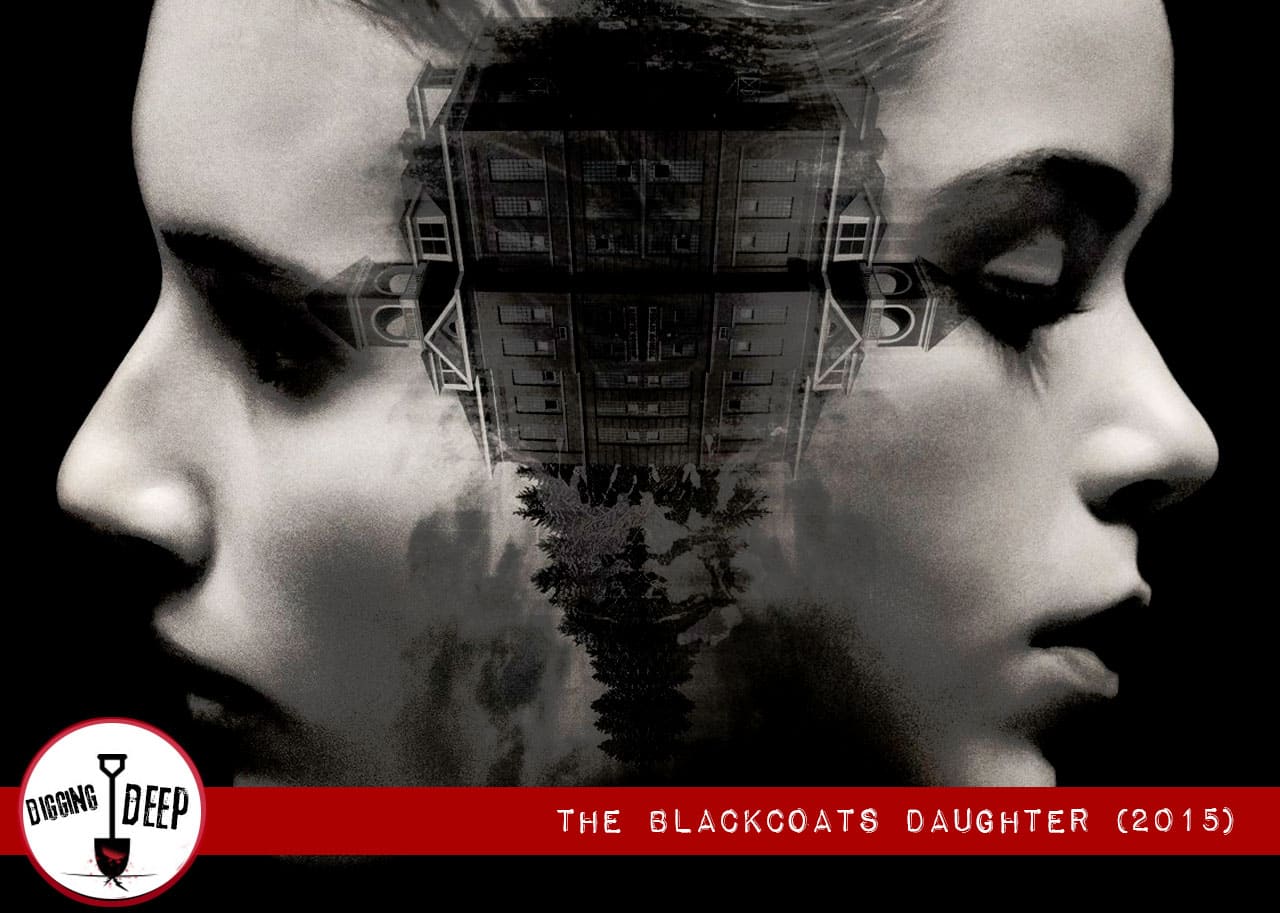
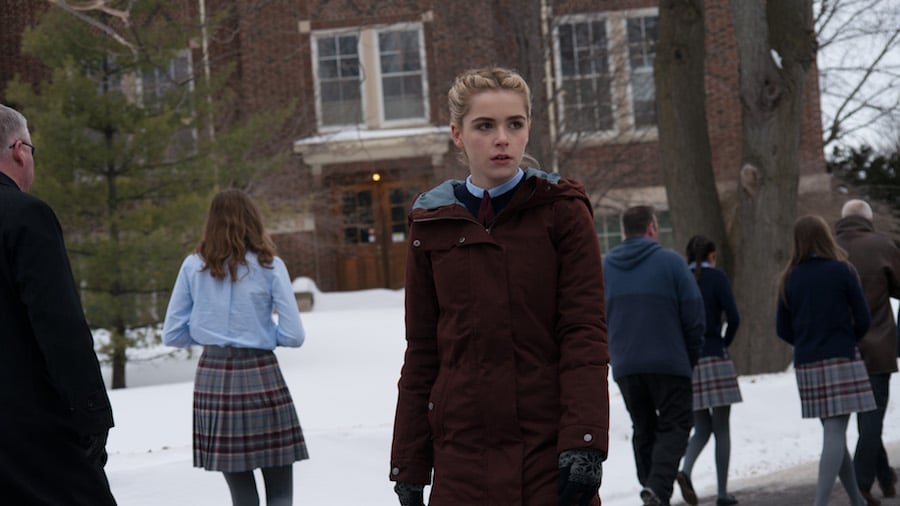
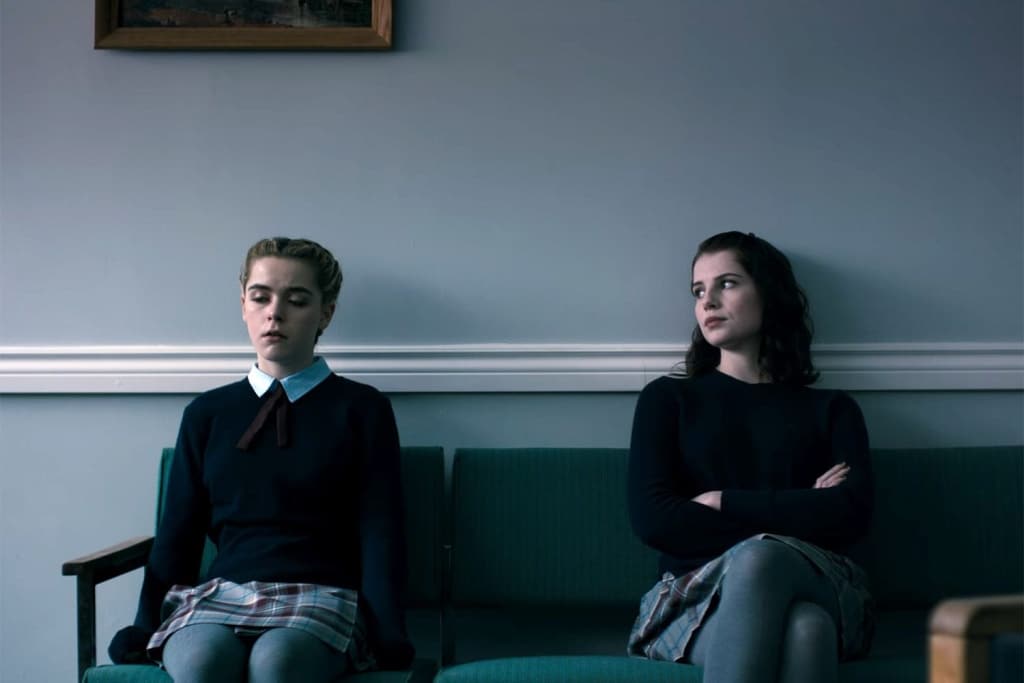
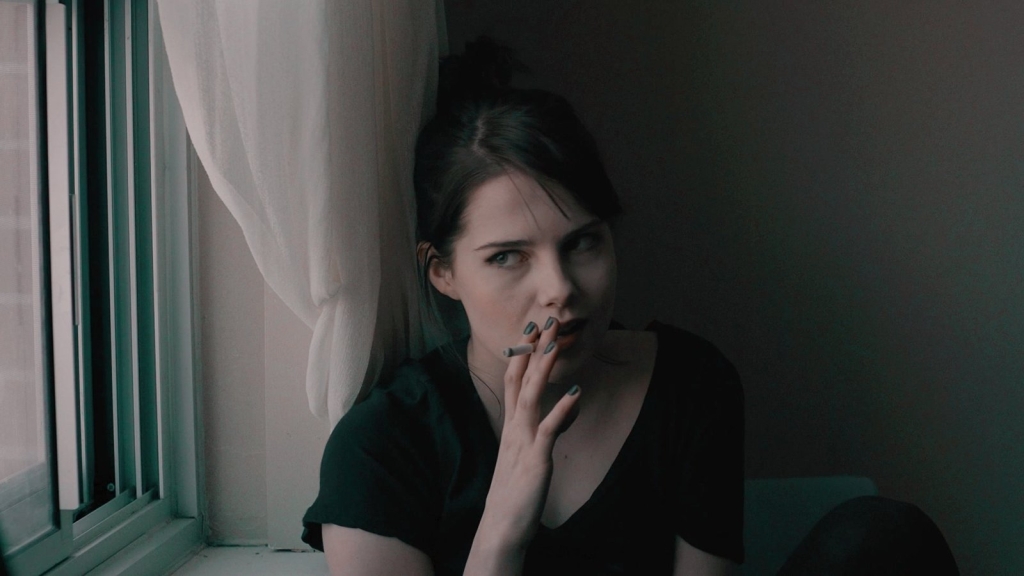
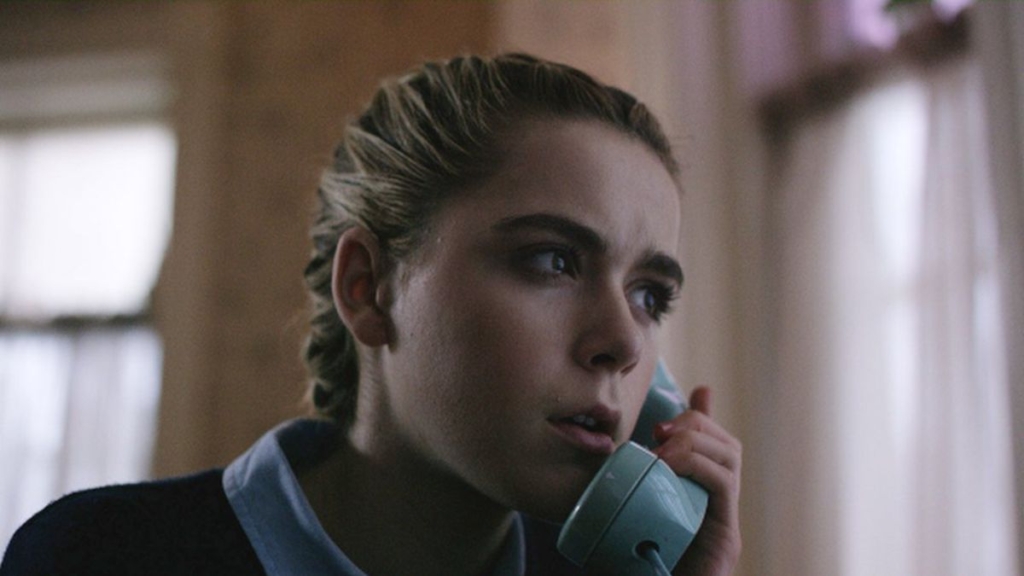
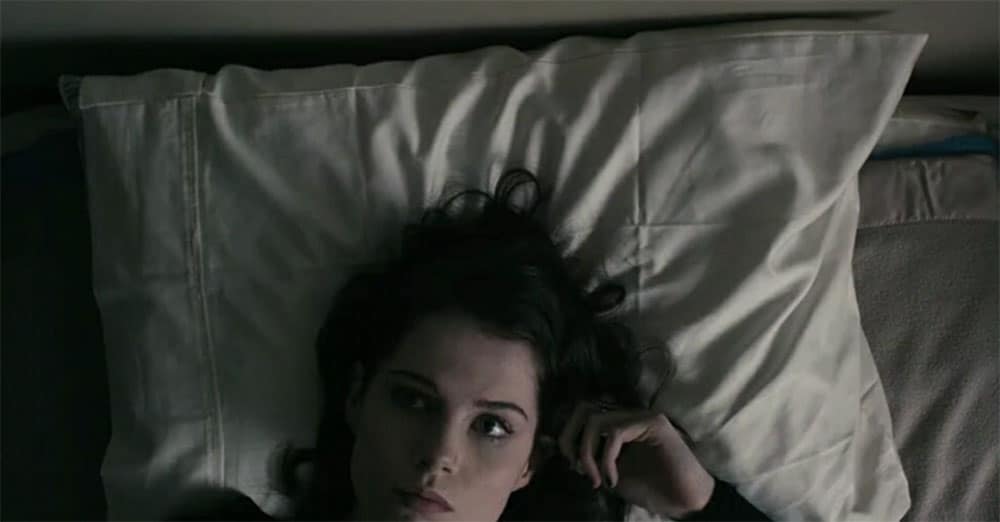
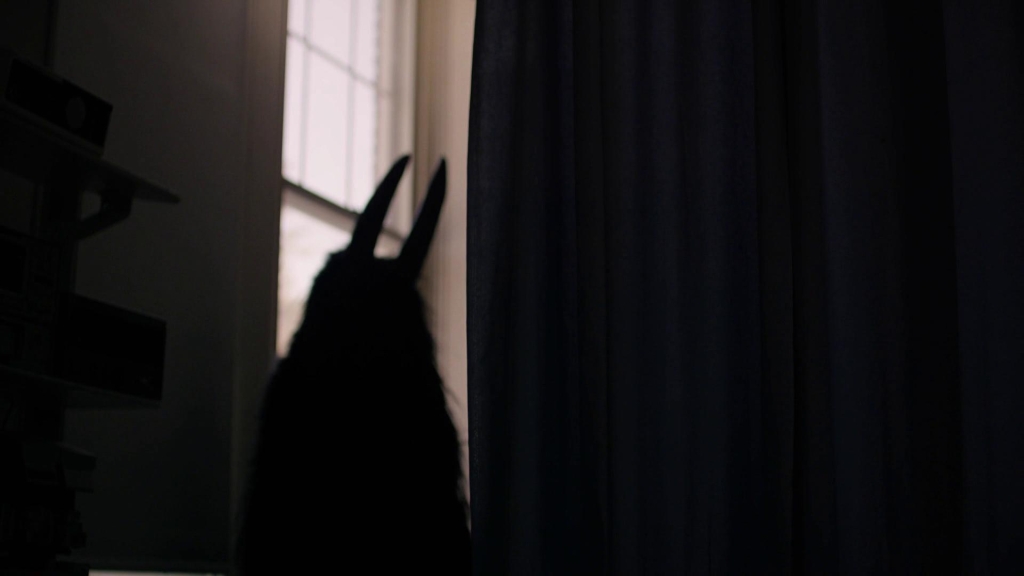
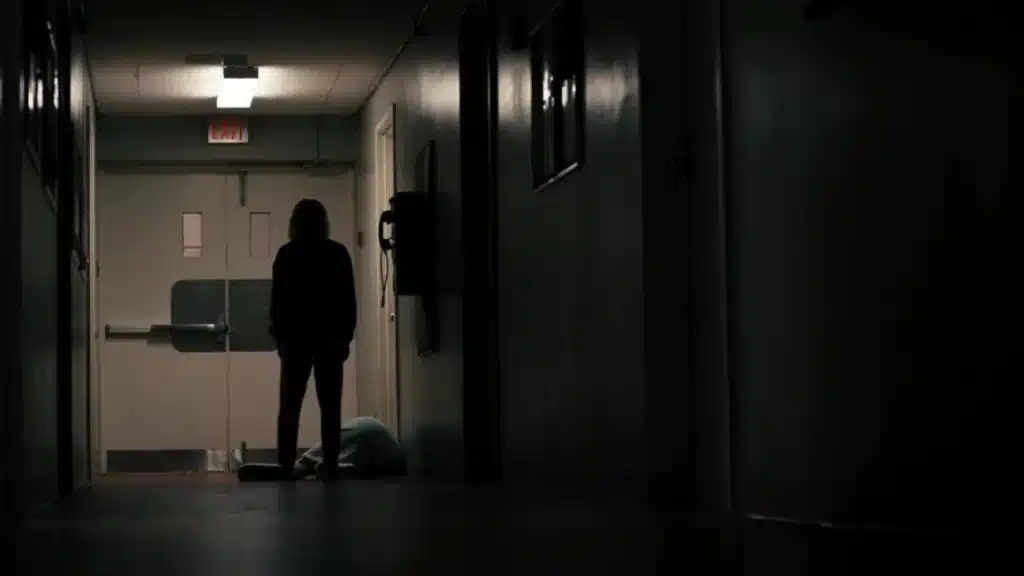
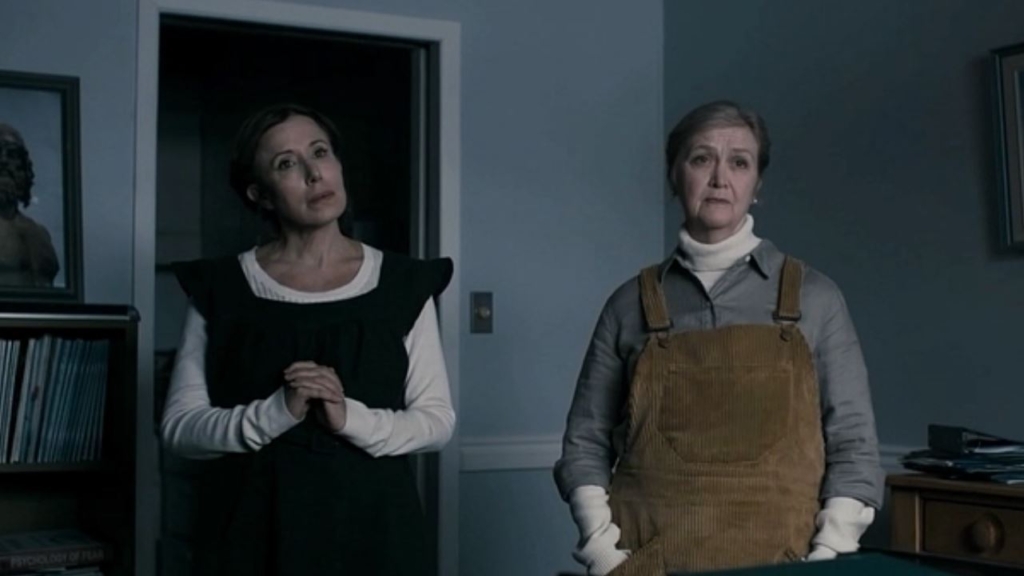
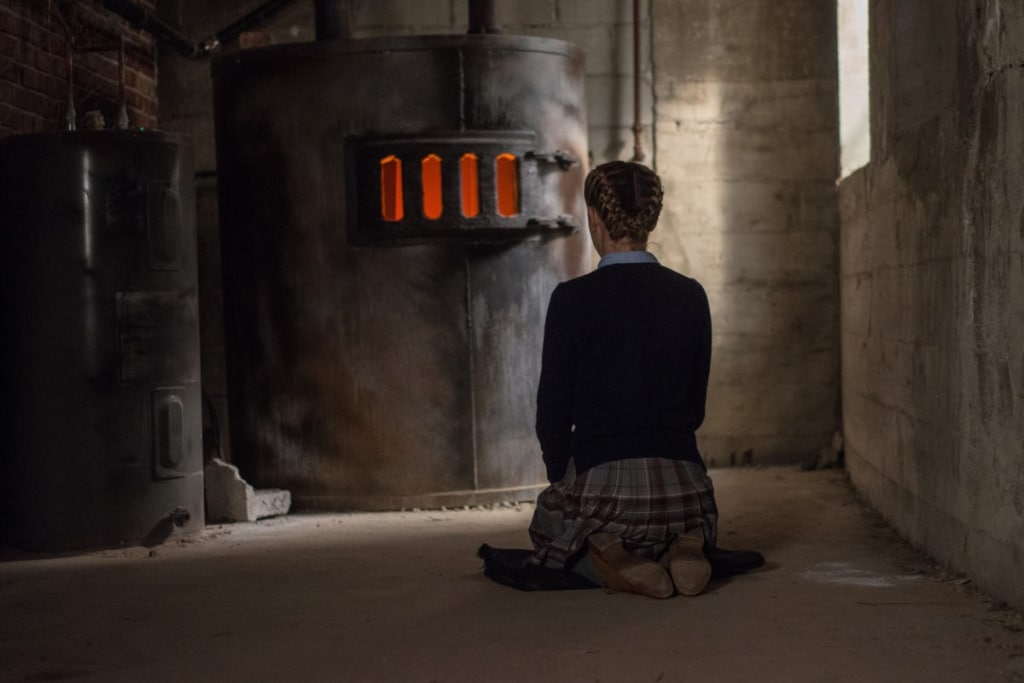
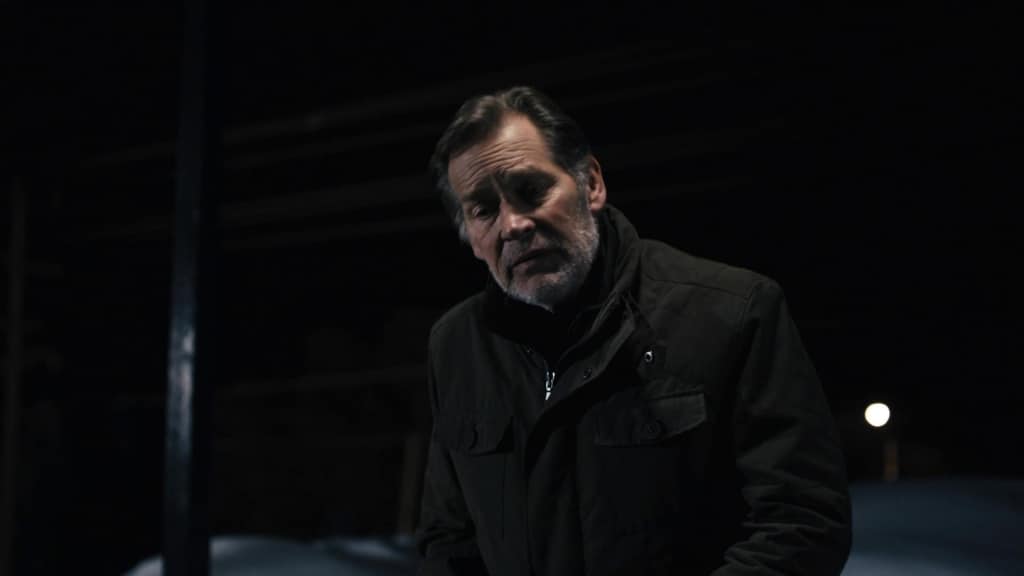
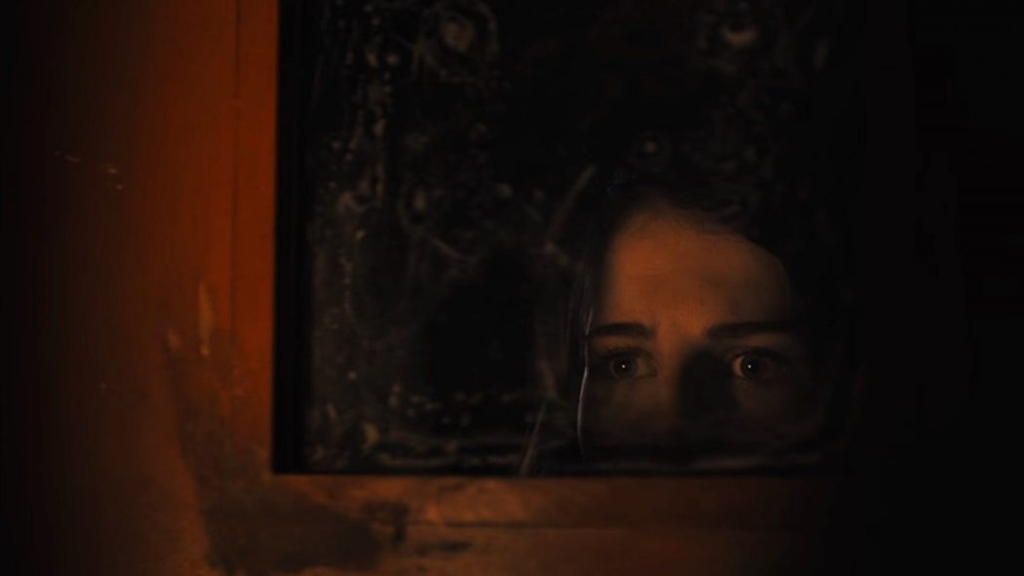
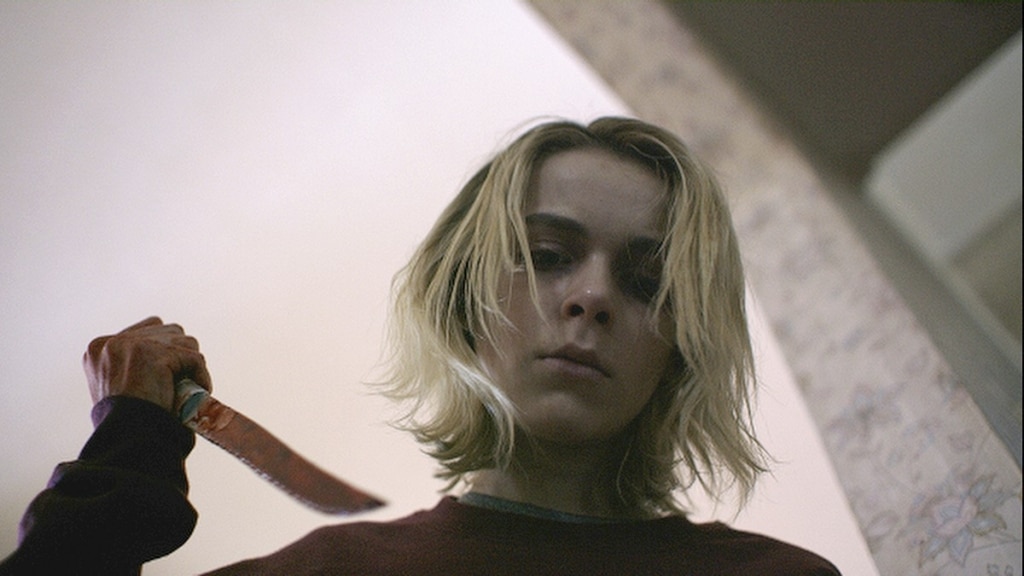
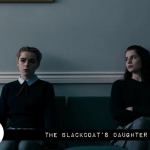










Follow Us!